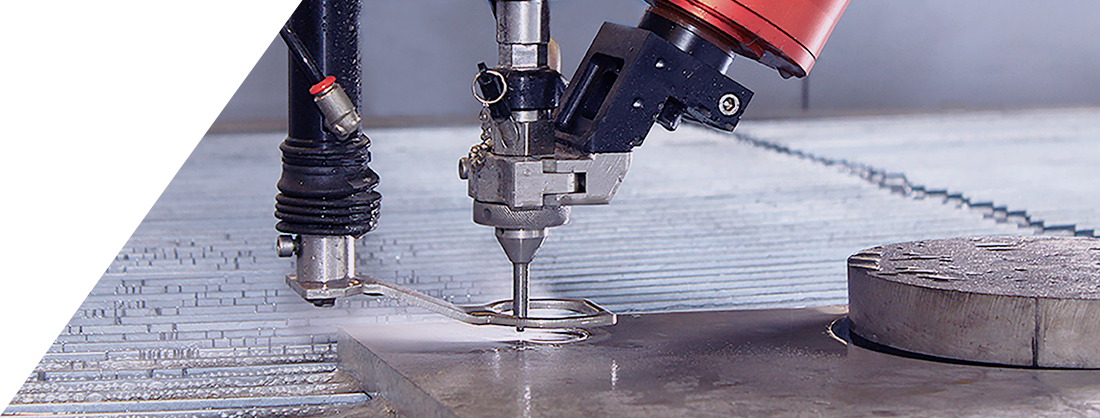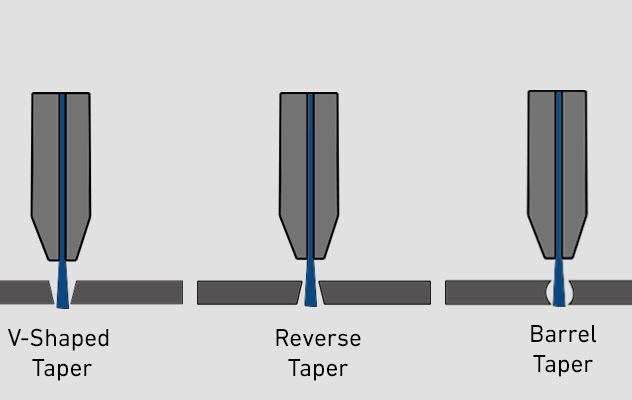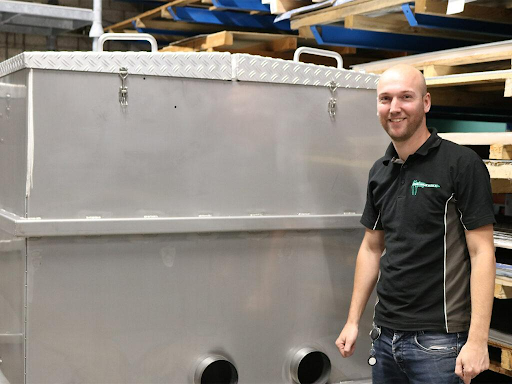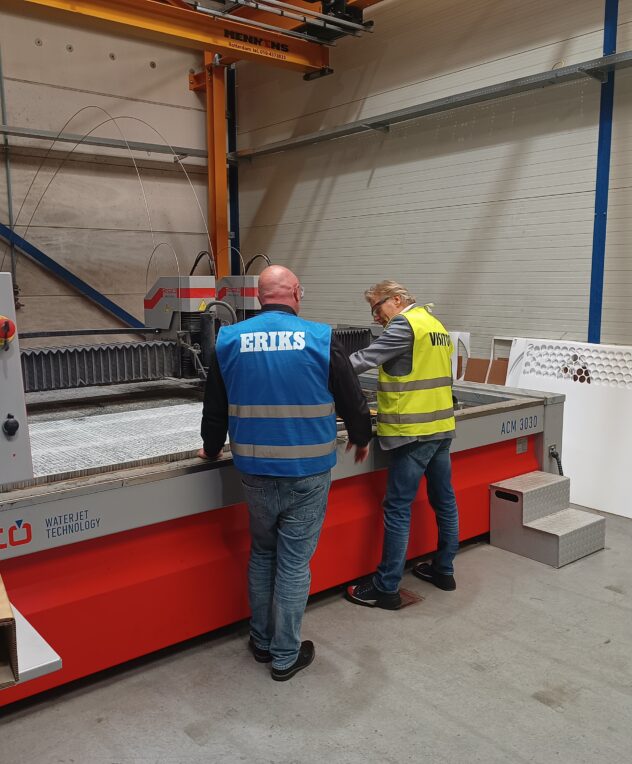
Faster cutting process, but don’t compromise on quality: that’s how you do it
A fast cutting process is required for every form of production. However, many production methods with a faster cutting process mean that you have to surrender to the output. In this article we list various cutting methods, so that you can quickly find out which method you can use to cut faster, but do not compromise on quality.
Within the production of materials, there are various cutting methods. The most popular methods are laser cutting, plasma cutting and waterjet cutting.

Laser Cutting
One of the best known methods is laser cutting. In a laser cutting machine, a laser beam of light is produced by a laser. Due to the high temperature and hard laser beam, materials are cut through. The laser cutting process is characterized by a high degree of precision. Laser cutting can cut thicknesses of up to 3.2 centimetres, but from 2.5 cm (1 inch) very precise work is required to get an optimal result. This can often be at the expense of speed and quality.
Plasma cutting
Plasma cutting is a gas cutting method. When the gas comes into contact with electricity, it is converted into ionised gas, also called plasma. Due to the high energy density, the temperature with plasma cutting can reach up to 25,000 C. This high temperature causes the material to melt away. This means that the material is not burned, but melted. This makes it a very accurate cut. A disadvantage is that the heat distorts the material around the cutting edge. This is very undesirable, especially when the product still needs to be processed.
Waterjet cutting
Contrary to the two cutting methods above, waterjet cutting does not generate heat. As a result, the material does not deform by using this method. A waterjet cutting machine can cut under high pressure up to 4,000 bar. The cutting force is increased by adding an abrasive. Due to the power with which it is possible to operate, almost any material can be cut.
The differences between the cutting methods are shown below:
| Laser cutting | Plasma cutting | Waterjet cutting | |
|---|---|---|---|
| Thicknesses | Up to 3.2 cm | Up to 3.8 cm | Up to 20 cm |
| Materials | Plastic, paper, metal | Stainless steel, aluminum, steel | Almost all materials |
| Heat Input | Low | Medium | None |
| Quality | High | High | Very high |
| Costs | Very high | Medium | High |
Different cutting methods
As can be seen above, the differences between these three known cutting methods are quite large. With a waterjet cutting machine you can guarantee a higher quality compared to plasma cutting or laser cutting, and there is no need for post-processing. The cold method also means that the chemical structure of metal cannot be influenced, which can happen with plasma cutting and laser cutting. This ensures that there are no risks in terms of melting, tearing, hardening or deformation. On the other hand, the costs for plasma cutting are much lower than for waterjet cutting (and laser cutting).
Waterjet cutting: speed and quality
Waterjet cutting machines do not need change of cutting tools. Only one type of cutting head is used for all materials and shapes, in contrast to the different lasers and moulds used for plasma and laser cutting. This saves changeover time. Also, waterjet cutting has a relatively short set-up time, because there are no lateral forces on the material; the material does not need to be secured. Securing the material is required for laser cutting and plasma cutting.
Of course you can argue about the best cutting method. Every situation, material or industry has its own requirements, so there can never be talk of a superior method. Do you want your cutting process to be faster, but don’t want to compromise on quality? Then go for waterjet cutting.
Would you like to know more about waterjet cutting, or other cutting methods? Resato will be happy to help you and provide you with more information. Check out the website or contact us.



